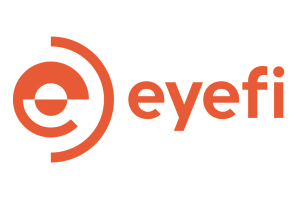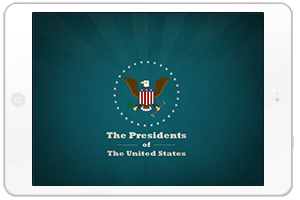Project Background
Our end-client, with 100+ sales offices, is one of Australia’s largest telecommunications providers.
The project, presented to us via our long-time collaboration with an Australian digital agency, began with a virtual meeting involving one of the agency’s project managers. It continued with a face-to-face exchange of ideas after CeBIT 2012. The agency liked our approach to the project, and we met with the other team members to discuss .NET-based solutions.
The first assignment we received from the agency was part of a larger project for a telecom provider. Our job was to design a solution which allowed the provider’s customers to make appointments with the provider’s sales team and managers by using the LCD displays installed in all of the customers’ point-of-sale (POS) items.
Three years later, we’ve not only built a system that enables single sign-on for the company’s staff on a variety of websites, but we have also created a variety of tools, ranging from management software for business operations, to custom POS devices.
Solution
The system’s core is a portal which ensures single sign-on functionality for numerous internal websites. To realize this solution, we developed something that’s conceptually similar to OAuth technology. Once written, the library for single login-password support is used in the code of each website within the organization’s network, thus supporting the network’s future expansion. A redirection system takes users from the portal to specific websites, and vice versa.
An all-encompassing web interface resolves a handful of administrative issues, such as new user creation, role configuration through clicking on check-boxes, permission and privileges setting, and much more.
Due to the widely-diffused nature of the provider’s business and personnel, it was paramount that the system be capable of efficiently managing remote employees and devices. To accomplish this, Sibers designed several solutions. The first, consisting of several modules (internal news, sales information, sales management info, location ratings, etc.), allows managers to add and edit content on the internal website and display it via touchscreens installed in “employees only” areas. Also, through this software any sales office can connect to an audio or video conference with the head office.
The second solution is a trouble-ticketing system. Developed in two parts, it’s the combination of an ASP.NET-based website and an iPhone application. Here’s how it works: a broken cash drawer in Sydney and a malfunctioning air conditioner in Perth are two separate issues that must be addressed by separate contractors. Our solution makes it simple to automatically find the ideal local service provider. Also, the system can send an iPhone notification through the iOS application for systemic problems affecting all provider offices — i.e. a situation where the sales ratings website must be taken down for maintenance.
The trouble-ticketing system also works as a quality-control tracking tool for support service. Once a ticket is received, the selected contractor must respond within 15 minutes, and indicate how long it took to solve the problem, or whether the problem remained unsolved. Custom reports for support service quality can be automatically generated too.
Another solution Sibers developed for the client removes the problem of tracking multiple POS devices (i.e. monitors for employees, appointment scheduling tool, information kiosk) across locations by keeping track of the device’s type, position, and monitoring. Powered by “heartbeat technology” that accurately monitors device statuses, the portal now permits single-Heartbeat sign-on in addition to single sign-on. This feature is of huge benefit to the client, which maintains dozens of remote offices and utilizes a vast array of different devices.
Several POS systems were also designed and customized with interactive .NET-based websites to present the provider’s offers.
All of these solutions were developed to work seamlessly with each other, track work and resources across the entire organization, and increase efficiency.
Tech highlights
- Languages: C#, JavaScript, T-SQL
- Frameworks: .NET Framework, ASP.NET MVC Framework
- Databases: MS SQL
- SignalR
- Extensions and libraries: jQuery, KnockoutJS, jQuery Validation, Twitter Bootstrap, jQuery UI, AutoMapper, EntityFramework, EntityFramework CodeFirst, SignalR, Unity Container, Underscore
- iOS: Objective-C, iOS SDK, Foundation, UIKit
Results
While all the solutions developed for this project were specific to the telecommunications industry, many principles that guided us are easily applicable to any retail chain business, both from an operational and technological point of view. For example, the single sign-on portal is now a standard solution that our digital agency partner recommends to other clients with similar needs. Moreover, this project provided Sibers with invaluable experience working with a digital agency on a project for a huge corporation, for which we were able to provide a stable, skilled remote team of full-time developers over several years.
Customer Says
Great team to work with, excellent communications, excellent schedule management, will be working with Sibers in the future — in fact we already are. Thanks guys! (April 2014)


